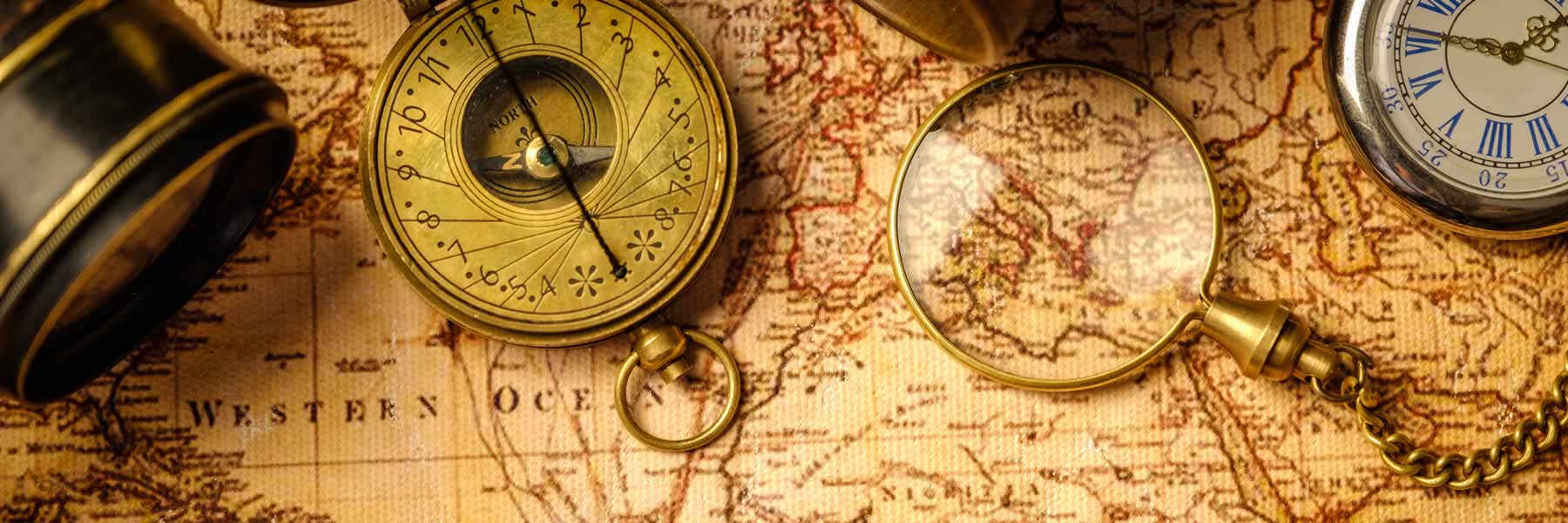Coming Soon
Stay tuned for more functionality!Saint-Roman-de-Malegarde, France
History of Saint-Roman-de-Malegarde, France
Saint-Roman-de-Malegarde is a picturesque commune located in the Vaucluse department of the Provence-Alpes-Côte d'Azur region in southern France. With a rich history dating back to ancient times, the area has been inhabited for thousands of years.
The origins of Saint-Roman-de-Malegarde can be traced back to the Roman era, as suggested by its name. The word "Roman" likely refers to the Roman villa that is believed to have existed in the area during the first centuries AD. This villa was likely a significant settlement during this period, benefiting from its strategic location near the Via Agrippa, an important Roman road that connected the cities of Arles to Vasio Vocontiorum (modern-day Vaison-la-Romaine).
During the medieval period, Saint-Roman-de-Malegarde became a stronghold for the region. The construction of a medieval castle, known as the Château de Malegarde, played a crucial role in the village's history. The castle served as a fortress for the controlling lords, protecting the inhabitants from external threats. Over time, the village developed around the castle, with houses and streets being built outside its protective walls.
In the following centuries, the village faced various challenges and witnessed shifts in power. It experienced the devastations of the Wars of Religion in the 16th century when conflicts between Protestants and Catholics ravaged the region. Later on, during the French Revolution in the late 18th century, Saint-Roman-de-Malegarde, like many other rural communities, saw social and political changes that impacted its inhabitants.
Today, Saint-Roman-de-Malegarde remains a charming village with a population of around 450 residents. It attracts visitors with its historical sites, including the ruins of the Château de Malegarde and the Church of Saint-Roman, which dates back to the 12th century. The surrounding natural landscapes and vineyards also contribute to the village's appeal, as it lies in the heart of the renowned wine-producing region of Côtes-du-Rhône. As such, the history of Saint-Roman-de-Malegarde has shaped it into a place where culture, heritage, and natural beauty seamlessly intertwine.
Saint-Roman-de-Malegarde, France, Current Day
Saint-Roman-de-Malegarde is a picturesque village located in the southeastern part of France. With a population of just over 1,000 residents, life in this small community is tranquil and close-knit. The locals pride themselves on preserving the village's historical charm and way of life. Nestled amidst rolling vineyards and lavender fields, the village is known for its rustic beauty and the warm hospitality of its inhabitants.
Agriculture plays a significant role in the local economy, with vineyards and wine production being the primary source of livelihood for many. The region's rich soil and favorable climate create ideal conditions for grape cultivation, allowing the village to produce a range of exquisite wines. Wine festivals are eagerly anticipated events, attracting both locals and tourists, where the community gathers to celebrate their heritage and raise a glass to their hard work.
The village is also known for its strong sense of community. Events such as weekly farmers' markets and regular communal meals bring the residents together, fostering a spirit of unity and camaraderie. People take pride in supporting local businesses, from the traditional boulangerie to the family-owned cafes that line the village streets. This shared commitment to preserving the authenticity of Saint-Roman-de-Malegarde is reflected in the well-preserved medieval architecture and cobbled streets that have retained their charm throughout the centuries.
Due to its idyllic location at the foot of the beautiful Dentelles de Montmirail mountain range, outdoor activities and nature appreciation are an integral part of daily life in the village. Residents are surrounded by breathtaking hiking trails, providing ample opportunities to explore the enchanting countryside and take in the stunning vistas of vineyards and lavender fields that stretch as far as the eye can see.
In summary, life in Saint-Roman-de-Malegarde is defined by its peacefulness, close community ties, and appreciation for the natural beauty that surrounds it. The village thrives on its agricultural heritage, with wine production being at the heart of its economic and cultural life. The residents' dedication to preserving their history and traditions allows visitors to experience an authentic taste of rural France, making Saint-Roman-de-Malegarde a sought-after destination for those seeking a slower pace of life amidst breathtaking landscapes.
Things to do in Saint-Roman-de-Malegarde, France
1. Visit the Saint-Roman Church: Explore the beautiful Romanesque architecture of the local church, which dates back to the 12th century.
2. Explore the surrounding vineyards: Take a tour of the local vineyards, known for producing excellent Côtes du Rhône wines.
3. Go hiking in Dentelles de Montmirail: Explore the nearby Dentelles de Montmirail, a stunning mountain range that offers scenic hiking trails for all levels.
4. Visit the Mont Ventoux: Embark on a day trip to Mont Ventoux, a famous mountain known for its challenging cycling routes and breathtaking views.
5. Discover Château de Suze la Rousse: Explore the nearby Château de Suze la Rousse, a stunning Renaissance castle that houses a wine university and a museum of wine.
6. Enjoy wine tasting: Explore the local wine cellars and vineyards, and indulge in wine tastings to experience the rich flavors of the region.
7. Take a walk in the village: Stroll through the picturesque streets of Saint-Roman-de-Malegarde, admire the charming Provençal houses, and soak in the peaceful ambiance.
8. Try the local cuisine: Savor traditional Provençal dishes at the local restaurants, such as ratatouille, bouillabaisse, and lavender-infused desserts.
9. Visit nearby towns: Take day trips to nearby towns like Vaison-la-Romaine and Orange to explore their Roman ruins, historic sites, and vibrant markets.
10. Attend local festivals: Check the local calendar to see if any festivals or events are taking place during your visit, as these provide an opportunity to experience the lively culture and traditions of the region.

